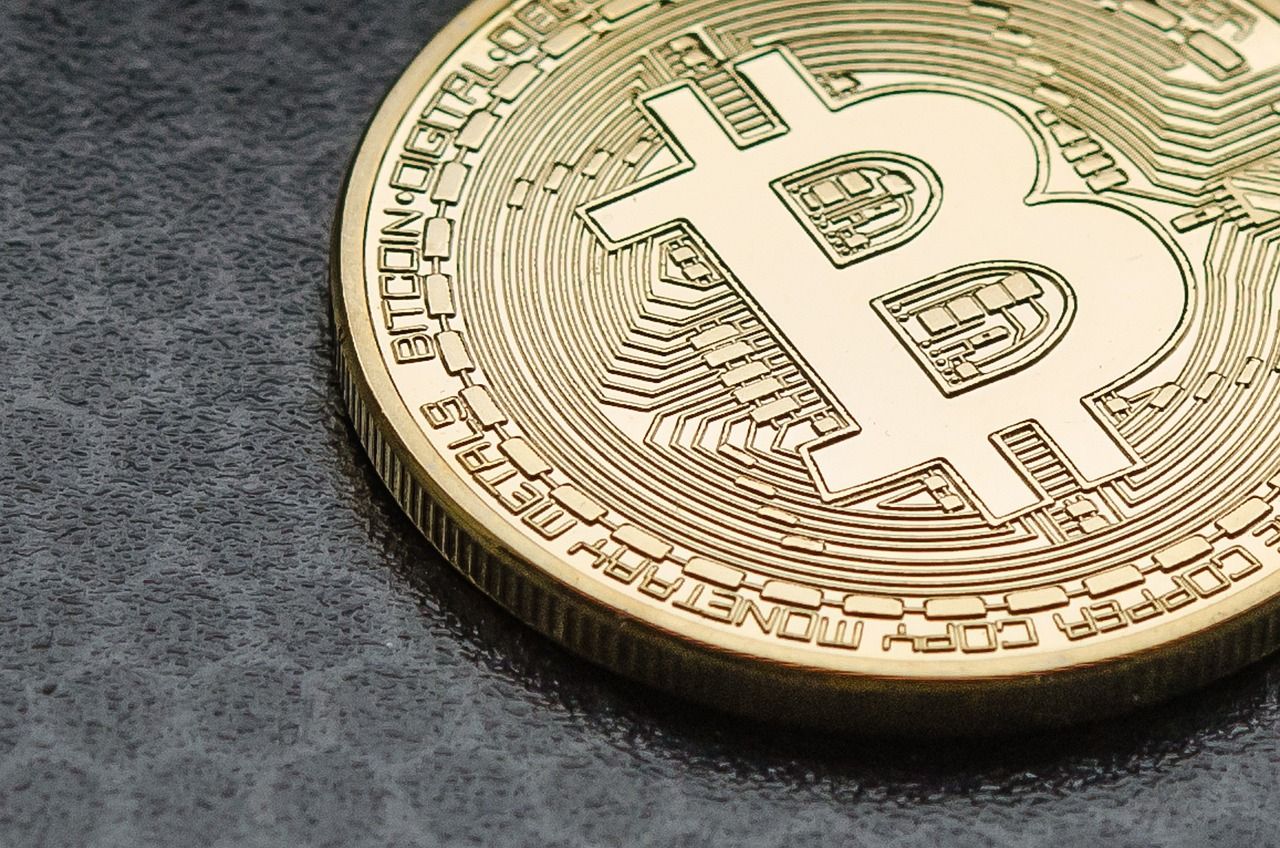- More than half of the daily Bitcoin trade volume in 2022 is fake.
- Tether pairs well with Bitcoin as a leading stablecoin, thus easing trade.
- The faking of volume is meant to hoodwink investors.
Bitcoin is the blue chip of cryptocurrency. It is the largest and most popular cryptocurrency and represents 40% of the total crypto assets outstanding in the new and volatile crypto markets.
However, there is a concern that a large part of the daily traded volume of Bitcoin is fake. According to an analysis by BanklessTimes.com, more than 51% of the total Bitcoin trading volume on various exchanges is fake.
Commenting on the report, The CEO of BanklessTimes said,
BanklessTimes CEOIt’s difficult to talk about cryptocurrency without talking about Bitcoin. Yet, there is a concern that a large part of the daily traded volume of Bitcoin is fake. This puts into question the legitimacy of exchanges and the reliability of data.
Reporting False Figures
The majority of this fake volume is due to wash trading. Wash trading is illegal, where an asset is bought and sold simultaneously on the same platform to create false liquidity. This is often done by bots or spoofing orders.
The purpose of wash trading is to inflate the volume on an exchange to make it look more popular than it actually is and lure in new investors.
Another factor contributing to the fake volume is stablecoins such as Tether (USDT). Tether pairs very well with Bitcoin and is often used to buy and sell Bitcoin on exchanges. This results in much volume being generated without any actual Bitcoin changing hands.
Why Do People Make Up Their Trading Volumes?
Faking trading volume can be a way for exchanges to attract new customers. By appearing to be more popular than they actually are, exchanges can trick investors into thinking there is more activity and liquidity on their platform.
This can lead to more people signing up and trading on the exchange. In the long run, this can be very profitable for the exchange.
Another reason people might engage in wash trading is to prop up the price of a particular asset. By buying and selling the asset simultaneously, they can create the illusion of demand and drive up the price. This can be done for personal gain or artificially inflate an asset’s price before selling it.
Investors should be wary of exchanges that report false figures. You must do your research and only use exchanges you trust.












